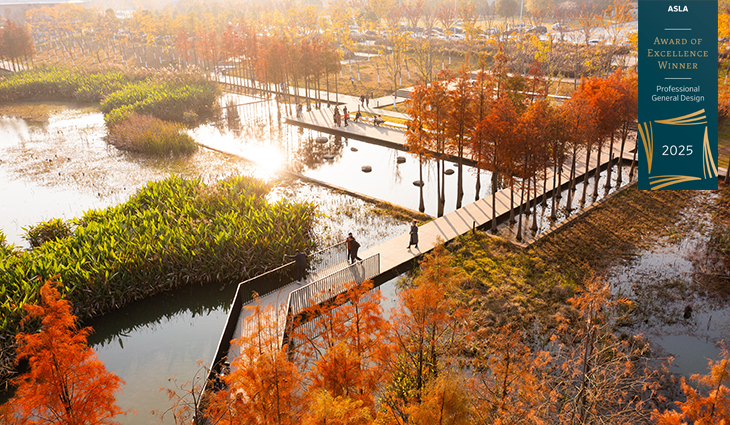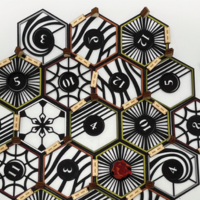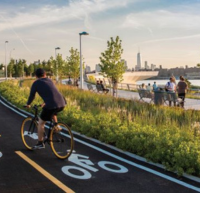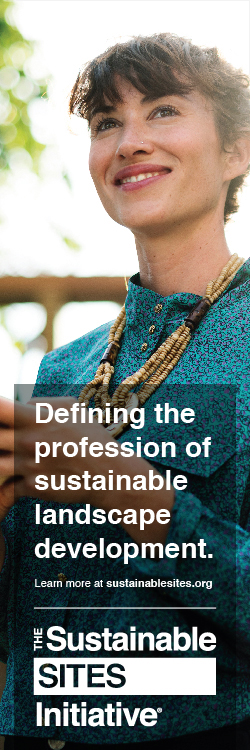American Society of Landscape Architects Announces 2025 Professional Awards
9/9/2025
ASLA 2025 Professional General Design Award of Excellence. A Floating Forest: Fish Tail Park in Nanchang City. Nanchang, Jiangxi Province, China. Turenscape / Turenscape
These thirty-five Professional Award winners represent the highest level of achievement in the landscape architecture profession.Read More





.png)

.png)
.png)
.png)
.png)
.png)
(1).png)

